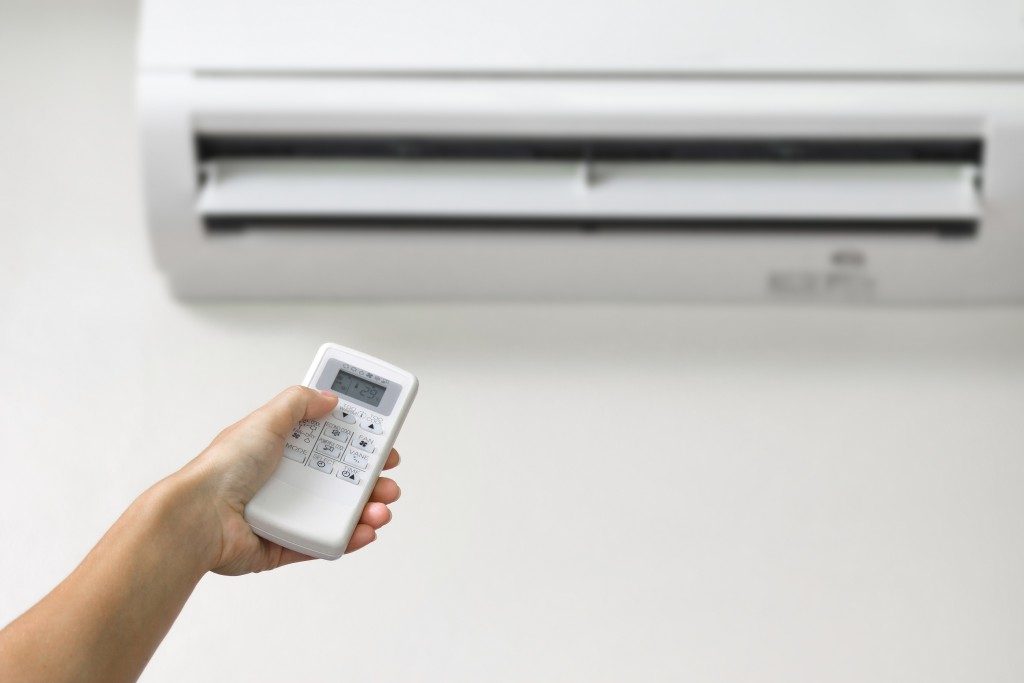Different homes can be vulnerable to some of the most dangerous forms of air pollutants. Many individuals probably don’t put much thought into this, and it’s becoming a problem. According to the American Lung Association (ALA), these airborne contaminants that you can’t smell or see can have severe adverse effects on your health, causing severe diseases and significantly reducing your quality of life.
Here’s a look at some of the most dangerous and common air pollutants and the ways to prevent them from harming you and your family:
Nitrogen Dioxide
Nitrogen dioxide is a toxic air pollutant emitted by different fuels when burnt. It’s a predominant problem for outdoor air pollution but can still be a significant indoor contaminant in specific homes. Breathing in this pollutant can cause coughing, wheezing, irritation on the eyes or nose, and airway inflammation. Prolonged exposure to nitrogen dioxide increases your risk of developing respiratory infections or lung cancer.
Gas-based heaters, burners on your stoves, wood fireplaces, and burning charcoal can emit nitrogen dioxide on dangerous levels if not properly vented. Many homeowners install high-quality air purifiers to avoid the adverse effects of nitrogen dioxide. That’s because specific air purifiers can filter out harmful gases like nitrogen dioxide, eliminating a vast majority of indoor air pollutants, making your home cleaner and healthier.
Carbon Monoxide
Carbon monoxide is a potent and deadly gas that can quickly kill a person when exposed to it for a long time. It’s a colorless, tasteless, and odorless gas that can inflict various health problems, including blurred vision, impaired motor control, disorientation, and mental fatigue. The source of this deadly gas can include charcoal grills, tobacco smoke, and car exhaust fumes.
To reduce your risk of getting carbon monoxide poisoning, you need to install proper ventilation in your kitchens, keep the fumes of cars or lawnmowers away from your home, and never allow smoking inside your home. You can also install carbon monoxide detectors to areas in your home prone to carbon monoxide accumulation like the kitchen or garage to warn you when its levels are too high.

Radon
Radon is an invisible radioactive gas that’s odorless and tasteless like carbon monoxide. This gas forms naturally due to the breakdown of the chemical uranium into radium in rocks and soil and is a common yet hazardous indoor pollutant across the United States. Exposure to this radioactive gas is the second-largest cause of lung cancer in America after smoking cigarettes.
It gets in your home by rising through the ground and entering through the cracks in floors, walls, drainage, and other openings in your home’s structure. You can test your home for the presence of this radioactive gas using a radon testing kit, helping you reduce the risk of developing lung cancer and other respiratory conditions.
While you can alleviate some of the radon’s effects by using an air purifier with an activated carbon filter, contamination above four pCi/L requires a specialist’s attention.
Asbestos
Airborne asbestos can cause mesothelioma, lung cancer, and other severe respiratory diseases. Although it’s banned in the United States, there are still many buildings that contain this deadly gas. If you’re renovating or living in an older home where asbestos-insulation was used, hire professionals to remove it quickly or install a HEPA-based air purifier to filter it out.
Be diligent in keeping your home’s air clean and safe, be on the lookout for these deadly gasses and save your home from it by practicing the right techniques.

